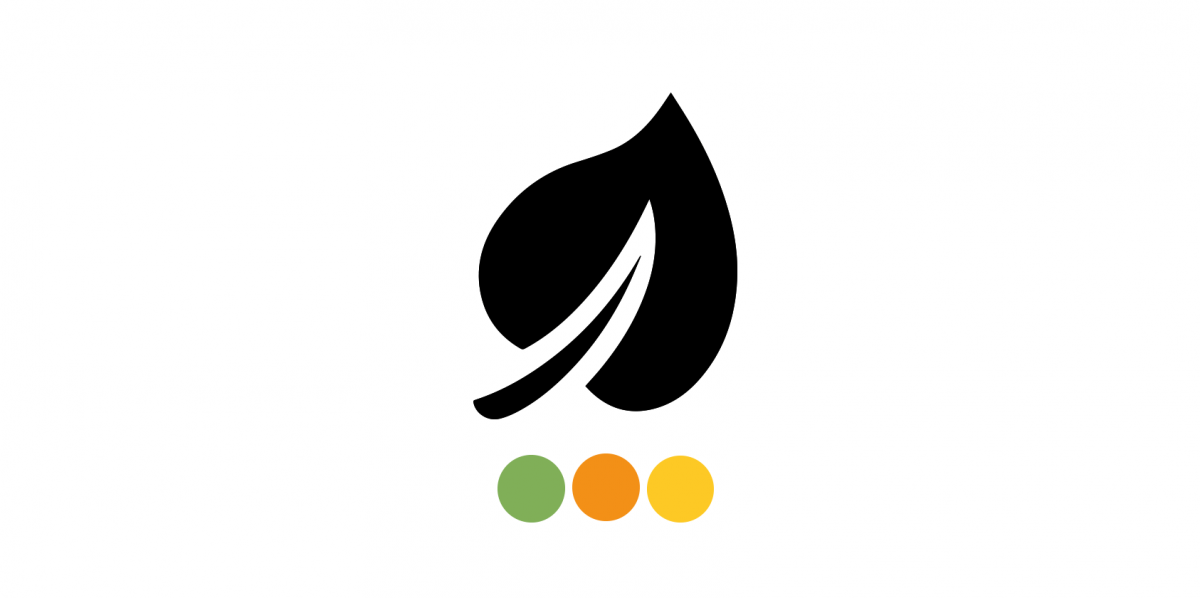IoT in the Park
IoT in the Park – QEOP Demonstrator
For the Internet of Things (IoT) in the Park constellation the, “Smart in the Park” initiative – led by UCL/Imperial and partnered with The Mayor of London’s Smart London Board – has provided full and open research access to the study of PETRAS aspects of the entire site infrastructure: from waste and water through to energy, lighting, smart homes, future retail, and the logistical complexity of 9.5 million annual visitors across the 257 acres site. The pathways from this research to impact are key “Smart in the Park Events”, IoT Weekenders linked to the Future Cities Catapult and the Digital Economy Catapult to showcase research. An early example is a showcase of UCL/Imperial IoT research the top of the Orbit during February 2016. IoT in the Park builds on this momentum.
The project will, in addition, impact those who are not immediate beneficiaries of co-designed research in that testbed. To that end, we plan for a long-term IoT showcase called “The Heart of the Park”, which will provide a future thinking exhibition and research space, linked to the olympiocopolis and clustered around the stadium for maximal impact. All this will be enhanced by facilities that engage citizens with PETRAS and the Internet of Things, such as : controlling park fountains via the IoT, the proposed LED screen covering the stadium to communicate data and events associated to our IoT showca ses and Weekenders, to name a few. The constellation is closely linked to the wider projects – working closely with DiSSC and the University of Edinburgh to ensure impact and cross showcase examples. The work will also build on the ESPRC funded IoT ‘Tales of Things’ (talesofthings.com) work, linked to Edinburgh, to explore trust and security on collecting and replaying memories in the park via a mesh network of tagged objects.
The envisaged deliverables will the study and associated report on the impacts of the specific park environment on the dependability and resilience of the IoT technologies used therein.
Targeted Outcomes:
- To understand how to IoT devices in the Park can be used and trusted and what environmental factors impact the resilience and dependability of systems.
- To study the extent to which proposed security protocols effect the per-node and emergent network behaviours of more popular IoT protocols and make recommendations regarding how to build next generation security for networked low-powered IoT devices.
Milestones achieved (Imperial College London):
- A deep-dive into security mechanisms and their effects on the most popular IoT protocols and standards. More details here.
- A unified security module in Contiki Cooja simulator to measure and quantify the disruption due to attack in a convenient way. More details here.
- A novel self-healing scheme to defend against attacks aimed at network communications (e.g. sinkhole, replay attack, flooding, selective forwarding). The solution reduces data loss due to the varied attack scenarios down to 1%, while at the same time requiring low operational overheads and providing fast network-wide convergence. Paper under review.

